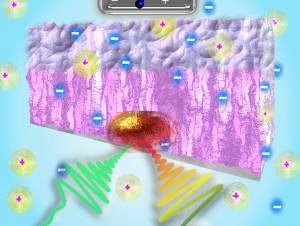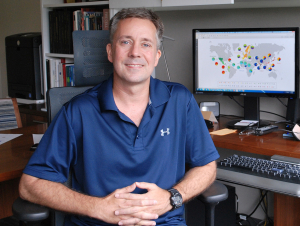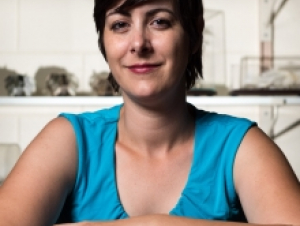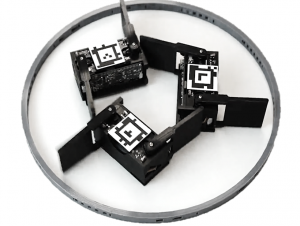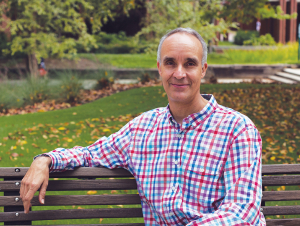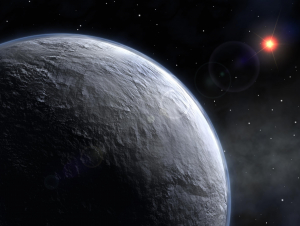To request a media interview, please reach out to experts using the faculty directories for each of our six schools, or contact Jess Hunt-Ralston, College of Sciences communications director. A list of faculty experts is also available to journalists upon request.
Latest News
Chemists and materials scientists team up to investigate the nature of electrochemically induced charges in redox-active conjugated polymers.
In a paper recently published in the journal BME Biology, Jordan and his collaborators work to bridge the pharmacogenomic research gap.
In a recent paper published in PNAS, researchers examine fossil records spanning almost 12,000 years to determine the effects of human activity on where animals live and were surprised by what they found.
Researchers have proposed a new principle by which active matter systems can spontaneously order, without need for higher level instructions or even programmed interaction among the agents. And they have demonstrated this principle in a variety of systems, including groups of periodically shape-changing robots called "smarticles."
Michael Schatz, School of Physics interim chair and professor, wins his second award of the year for online education, receiving a statewide honor from the University System of Georgia for his work and new ideas on remote education.
School of Earth and Atmospheric Sciences Associate Professor Chris Reinhard is ending 2020 with two research successes: A grant from NASA that allows him and Georgia Tech to join the agency's new astrobiology initiative, and he's the co-author of a new study on Earth's oceanic "biological pump" published in Nature Geosciences.

